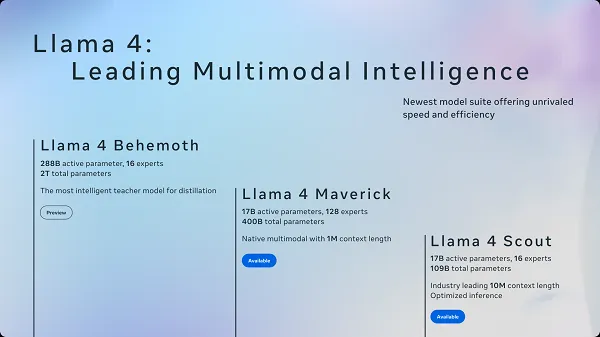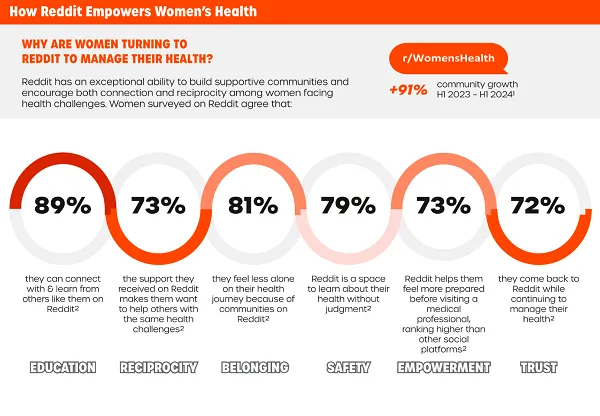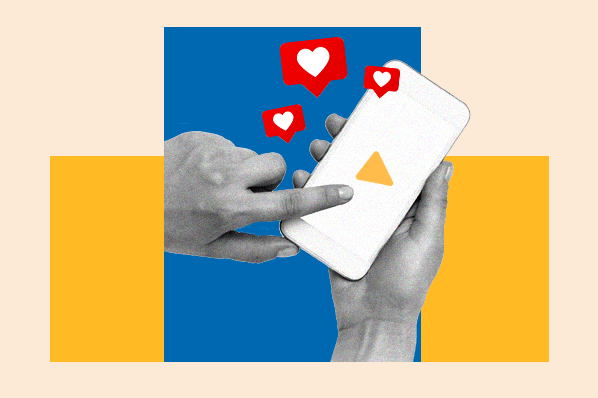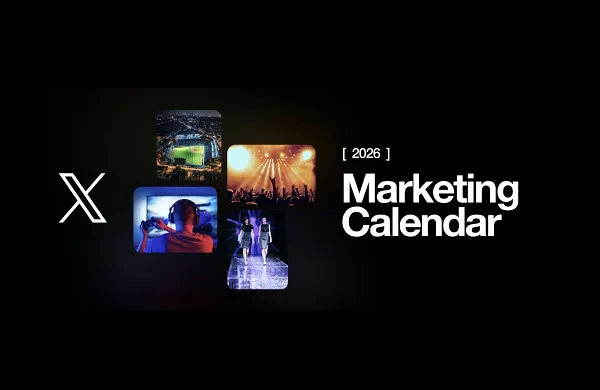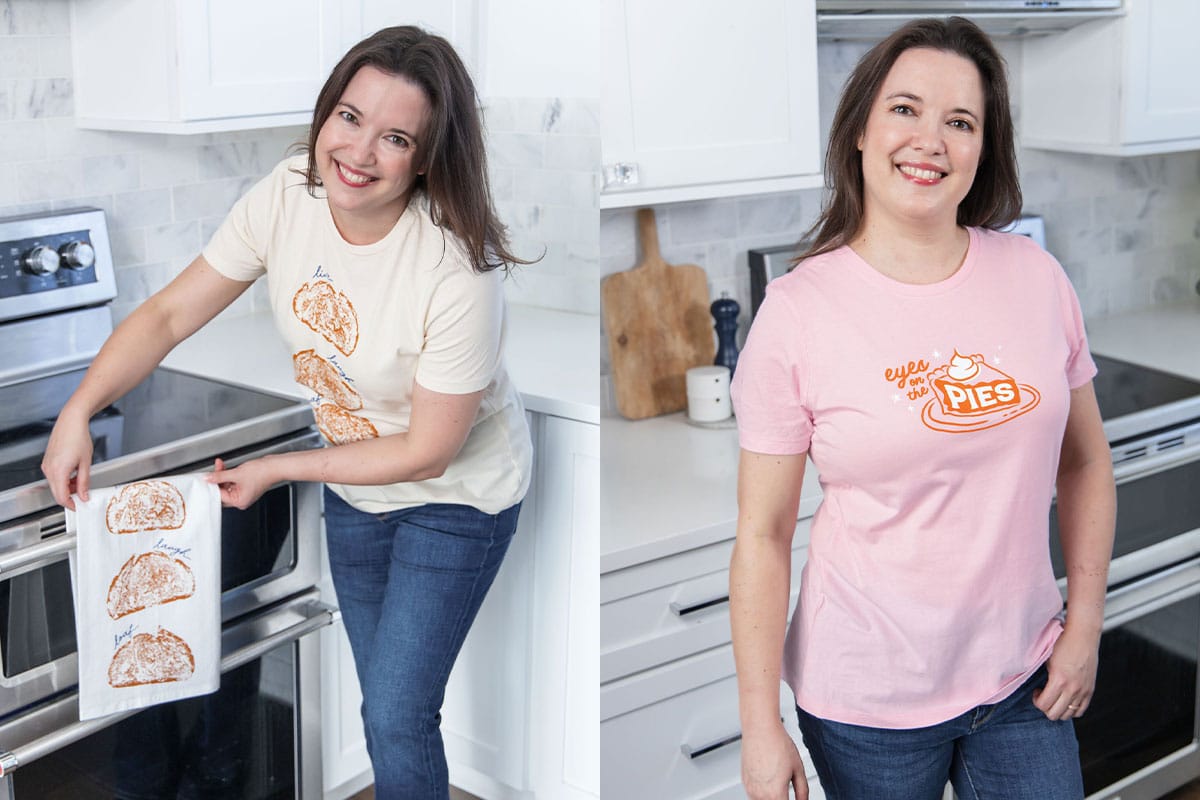Be human or be ignored — why authenticity matters and how my brand helped me launch a business
I still remember how uncomfortable I felt the first time someone suggested I needed to “build my personal brand.” It seemed so ... self-promoting. Weren't my ideas and work supposed to speak for themselves?

I still remember how uncomfortable I felt the first time someone suggested I needed to “build my personal brand.” It seemed so ... self-promoting. Weren't my ideas and work supposed to speak for themselves? But as I looked around at who was actually gaining traction in my industry, I noticed something important. The most talented people weren’t necessarily getting opportunities. The ones who showed up as themselves, shared what they knew, and helped others along the way truly thrived. Then, I realized being authentic isn't just nice to have — it’s essential. My breakthrough came when I stopped trying to sound like everyone else in my industry. I stopped using jargon that made me feel important but put distance between me and the people I wanted to help. Instead, I started writing and speaking exactly how I talk to my closest friends. The response was immediate and powerful. Here's what actually worked for me. When I first opened LinkedIn, it felt like a corporate graveyard. Everyone sounded the same. Buzzwords. Status updates dressed up as leadership. That’s not what my personal brand is, and I don’t think that’s what a personal brand should be. A personal brand isn't just a logo or catchy tagline attached to your name — it’s the authentic expression of who you are, what you stand for, and the unique value you bring to others. It's the intersection of your genuine expertise and distinctive perspective that creates an impression in people’s minds when they encounter your work or hear your name. When I was newly promoted to head of social content at Gymshark, I didn’t want to fall into the brag-post trap. I wanted to create content with value. I posted five times a week — win or flop, rain or shine. Some posts got 10 likes. Some got 10,000. But the rhythm built trust. It built recognition. And recognition, over time, became credibility. Here’s my guide to building that authenticity online. For years, I tried to be everything to everyone. I was afraid of niching down, thinking I'd miss opportunities. But, I was drowning in a sea of sameness. Nobody could remember what made me special. So, I forced myself to complete this sentence: “I help [specific people] achieve [specific outcome] through [my unique approach].” It took me about 27 attempts to get it right. But once I had that clarity, everything else became easier. People finally understood what I was about in seconds. And more importantly, they started thinking of me when specific opportunities came up. This wasn't just a statement — it became my operating system. Tactical approach: I developed three specific questions to achieve this clarity: The people who stand out focus on ONE thing. Think about how Seth Godin is instantly connected to marketing ideas or how Gary Vaynerchuck is known for helping new entrepreneurs. They're remembered because they don’t try to be everything. Action you can take today: Write your one-sentence description: “I help [specific people] achieve [specific outcome] through [your unique approach].” Test it with five people who know you well — if they say, “That's so you,” you've nailed it. Consistency was never my strong suit. I'd get excited about sharing ideas, post a flurry of content, and then disappear when client work got busy. The turning point came when I committed to sharing an idea everyday on LinkedIn, no matter what. Even when I was tired. Even when I thought nobody was listening. I picked this one platform where my ideal clients actually spent time, and I became a fixture in their feed. This approach eventually led me to becoming part of the 1% that drives 99% of all LinkedIn engagement. It wasn't an overnight success — these results were the compounding effect of consistent presence. Tactical approach: I focused on three specific content strategies: I didn't focus on follower count. Instead, I measured success by the quality of conversations my posts sparked. The most meaningful posts weren’t the ones that went viral — they were the ones where someone messaged me saying, “It's like you were reading my mind. I needed to hear this today.” Action you can take today: Choose your primary platform (LinkedIn was mine) and commit to sharing valuable content at least three times per week. Make each post something that could stand alone as your manifesto. The most counterintuitive lesson I learned was that the less I focused on selling, the more business came my way. I started each week by asking myself: “How can I add value to my community today?” Sometimes, that meant sharing a resource I'd created. Other times, it meant making an introduction between two people who needed to know each other. Often, it was simply shining a spotlight on someone else’s great work. Tactical approach: I focused on three specific giving strategies: Action you can take today: Identify three specific ways you can add value this week. That can be sharing a resource, making an introduction, or helping someone in your industry solve a specific problem. Do this before asking for anything in return. The more I gave without expectation, the more opportunities, partnerships, and business flowed back to me — without any awkward asks. This approach became the foundation of my personal brand's growth, amassing over 500 million impressions, 9 million engagements, and 350k followers. I was ranked as the number one most influential marketing creator globally on LinkedIn and second overall in five years. That success translated to real value for my business. When I launched Butterfly Effect, my marketing business, we generated £2 million (about $2.5 million U.S.) without needing a traditional sales team. So remember, your digital self can drive dividends beyond what you expect. Just be sure to be authentic.How An Authentic Personal Brand Leveled Up My Career
How I Built Authenticity on My Social Channels

1. Getting Crystal Clear About What I Do
2. Showing Up Until I Couldn't Be Ignored
3. Giving First, Asking Later
Authenticity Helped Me Level Up

 Tfoso
Tfoso 









![How the Eisenhower Matrix Can Keep Your Projects on Track [My Experience]](https://knowledge.hubspot.com/hubfs/eisenhower-matrix-1-20250218-36707.webp)
